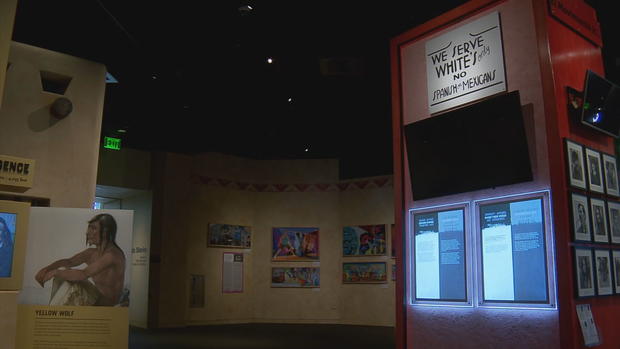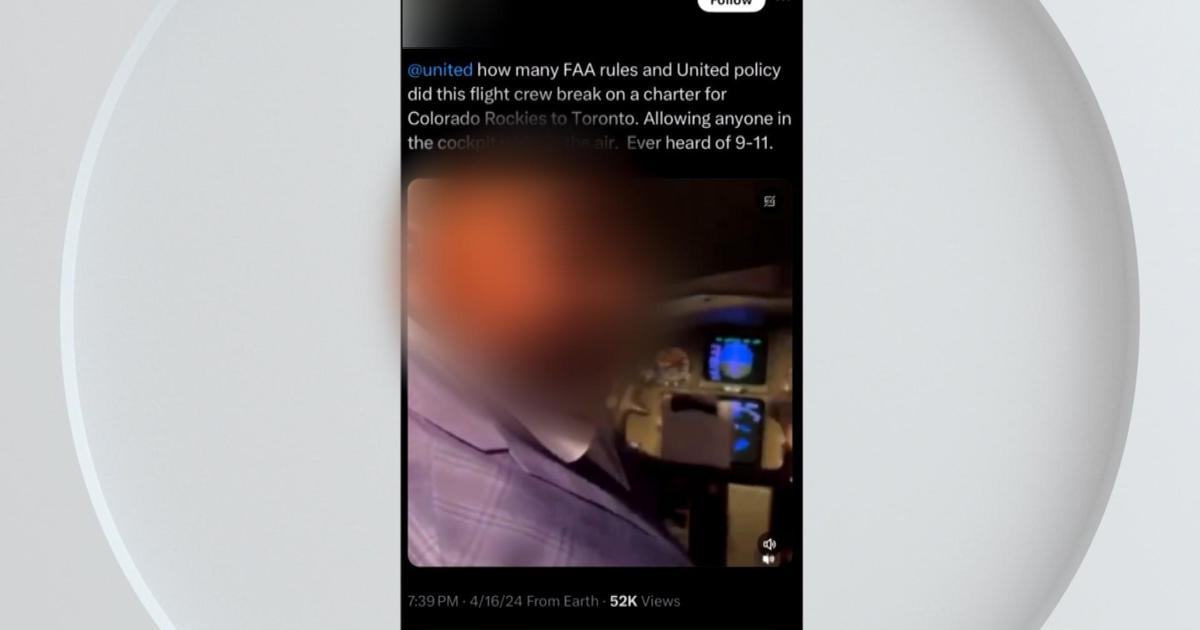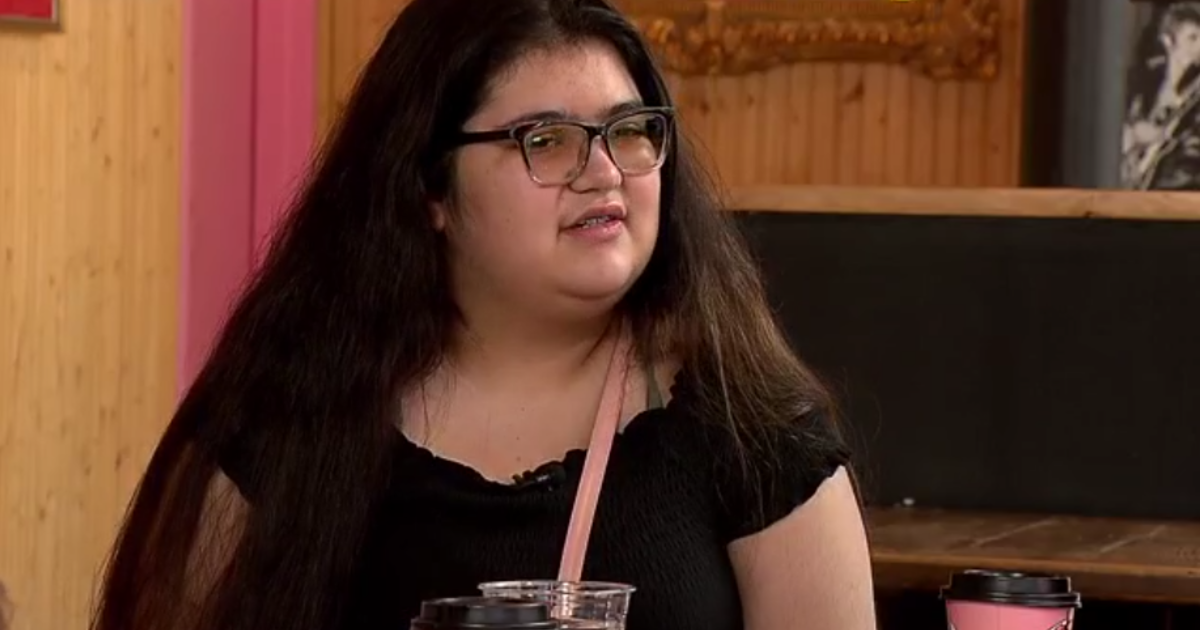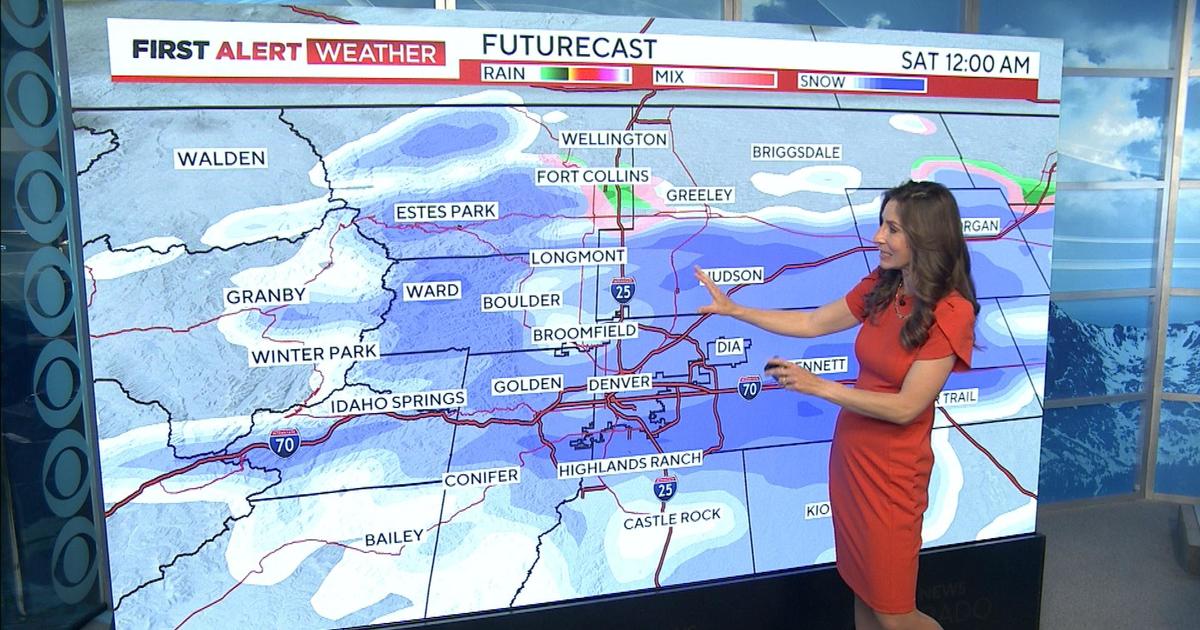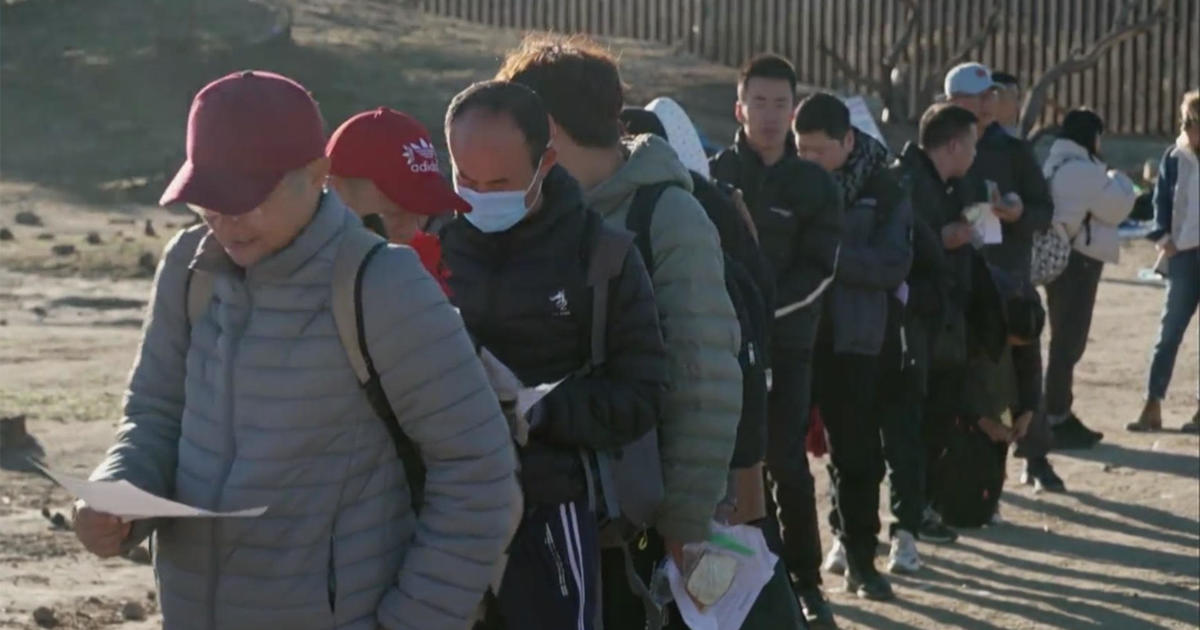The Forgotten History Of Colorado: How Hispano & Chicano People Shaped The State
DENVER (CBS4) - When you think of old time Colorado you might think of American cowboys, but that's not where the story began. The Chicano community in Colorado played an important role in shaping the state, and, to this day, still face challenges today.
"There's a lot of assumptions that people make about the American West," said the Chief Operating Officer of History Colorado Dawn DiPrince.
First were the Native Americans, then came the Hispano families who settled in southern Colorado. The daughters and sons of Spanish and Native people.
You don't have to look far to find the fingerprints of Chicano, Hispano and Latino people all over Colorado. Many Chicano and Hispano families helped shape Colorado into what it is today.
"People lived here before it became part of the United States. There is a rich culture here," said DiPrince.
They started off living under the Spanish crown, and eventually those people would become Mexicans, but not for long. In 1848, at the end of the Mexican-American War, the two nations signed the treaty of Guadalupe Hidalgo. With the stroke of a pen, the area that would become southern Colorado became part of the United States.
When that happened, the Mexican families who lived there paid a big price. Many lost ownership of their land.
DiPrince says, "We've had descendants of this story tell us, 'One day we were land owners. The next day we were farm workers.'"
That American land grab had a ripple effect for many generations. DiPrince says the financial toll it took was life changing.
"The inability to build wealth the way you would if you were a land owner," she said. "What you see is a migration up north to places like Denver where there are jobs."
This is the focus of two core exhibits at History Colorado. "Borderlands" explores southern Colorado's Hispano roots while "El Movimiento" shows us what happened when, after generations of discrimination and oppression, Chicano activists decided they had enough.
History Colorado's Chief of Equity and Engagement, Marissa Volpe, describes one part of their collection that illustrates how Chicanos and Hispanos were once treated in Colorado.
"You can see in our exhibit we have signage that says, 'We serve whites only. No Spanish or Mexicans,'" she said. "The Chicano movement comes out of a place of being othered and alienated and not treated equally."
In the 60s and 70s the descendants of those people who became Americans by treaty fought for better education, better working conditions on farms and in factories, against police brutality and to save their neighborhoods.
"Fighting for rights of what has been denied to us is part of the Chicano movement," said Volpe, who does not identify as Chicana herself, but sees how the Chicano fight for rights connects with a wide range of communities.
These two exhibits are "Core Exhibits" at the museum which means they are as permanent. They serve as a reminder of there is more to what many people know to Colorado's history, and to build a society out of the rugged wilderness, like Coloradans did, requires everyone. Now as it did back then.
"There is not one Colorado history," said Volpe.
If you want to learn more you can always visit the exhibits at History Colorado. Just remember you have to buy your tickets in advance online and bring a mask. Both exhibits are Bi-lingual.


